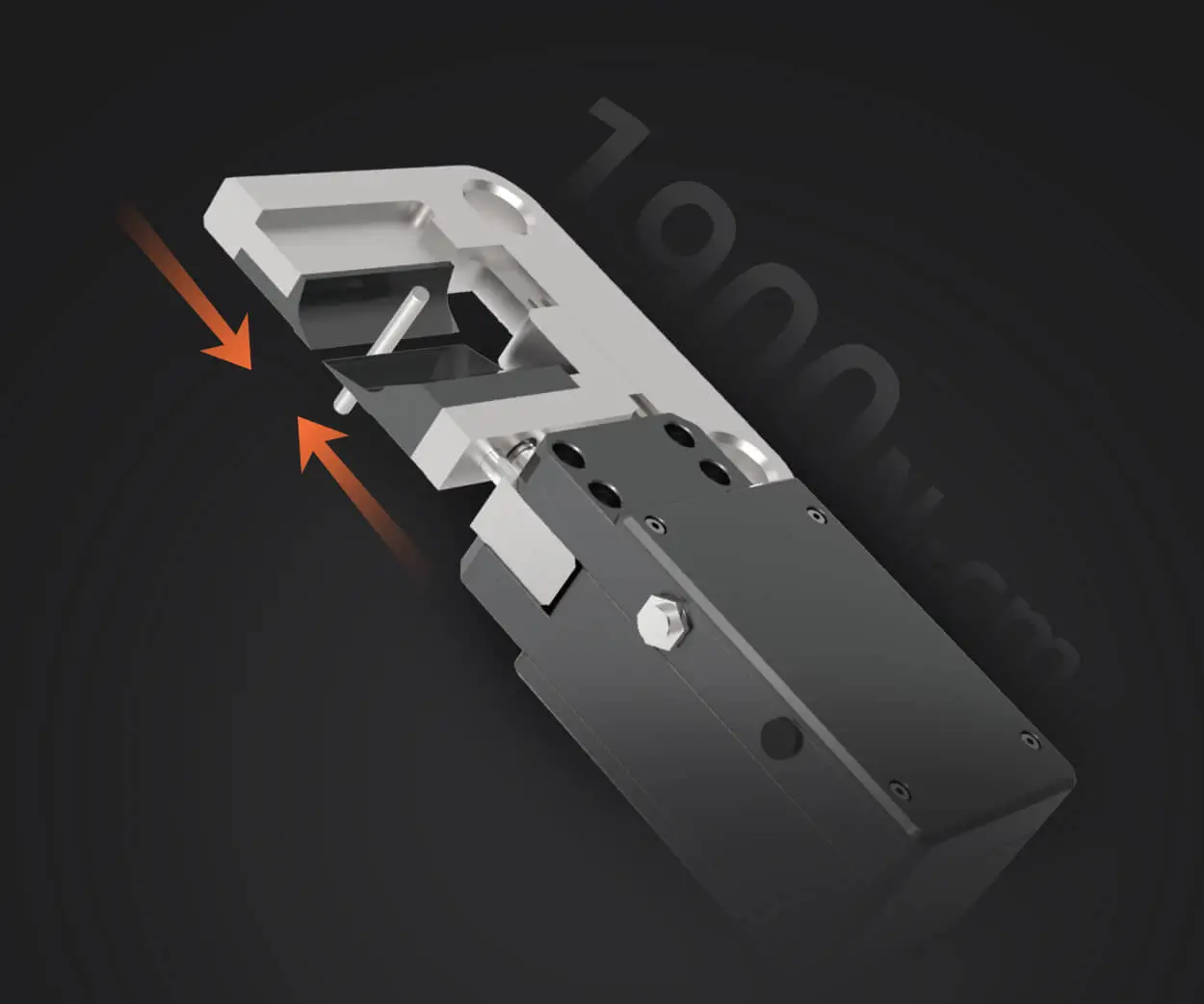In the bustling landscape of modern machinery and automation, the quest for precision, power, and durability never ends. Among the critical components driving this technological evolution are gear motors—particularly low RPM gear motors, which serve as the silent workhorses behind countless industrial processes. These specialized motors blend the power of reduction gearing with the inherent efficiency of electric motors, offering a unique set of advantages that make them indispensable in a variety of applications.

Understanding the Low RPM Gear Motor
A low RPM gear motor is essentially an electric motor paired with a gear reducer designed to operate at low rotational speeds—typically less than 100 revolutions per minute. Unlike standard motors that spin rapidly, low RPM gear motors deliver high torque at a slow speed, allowing them to perform tasks requiring controlled movement and heavy load handling.
The core principle behind a low RPM gear motor lies in its gearing system. By reducing the high rotational speed of the motor’s shaft through a gear train, the motor delivers a much slower output with significantly increased torque. This is akin to a bicycle gear system, where changing gears alters the effort needed to pedal and the speed traveled—only in this case, it’s a motor’s rotational speed and torque being fine-tuned for optimal performance.
Why Choose a Low RPM Gear Motor?
The advantages of utilizing low RPM gear motors are manifold, making them a popular choice across industries:
Precision and Control: Low RPM gear motors are ideal for applications requiring meticulous control over movement. Their slow, consistent rotational speeds enable precise positioning—crucial in robotics, conveyor systems, and packaging machinery.
High Torque at Low Speeds: These motors can exert significant force without spinning too fast, making them perfect for lifting, pressing, or pushing heavy loads in industrial environments.
Durability and Longevity: Built with robust gearing and high-quality materials, low RPM gear motors are designed to withstand rigorous operation, ensuring longevity and reduced maintenance costs over time.
Energy Efficiency: Due to their design, these gear motors optimize energy use in applications where slow, powerful movements are necessary, reducing waste and operational costs.
Design and Construction
A typical low RPM gear motor system combines an electric motor—often a DC or AC motor—with a gear reducer, which can be planetary, spur, or worm gearing. The choice of gear type influences the motor’s torque capacity, efficiency, size, and noise level.
DC Gear Motors: Favored for their speed control capabilities and high starting torque, making them suitable for automation, robotics, and precise machinery.
AC Gear Motors: Common in applications requiring steady, reliable operation with minimal maintenance, like conveyor belts and large industrial systems.
Worm Gear Motors: Known for their high reduction ratios and self-locking capabilities, ideal where backward movement needs to be prevented or for applications demanding high torque.
The integration of these components results in a compact, dependable, and efficient unit tailored for specific operational needs.
Applications Across Industries
The role of low RPM gear motors extends from simple automation tasks to complex manufacturing processes:
Robotics: Precise joint movements in robotic arms depend heavily on low RPM gear motors, providing the fine control necessary for delicate assembly, medical surgery robots, and research devices.
Automated Conveyors: Managing slow, controlled movement of products along production lines, ensuring safety and accuracy.
Packaging Equipment: Achieving accurate positioning and handling of packaging materials, especially where gentle yet firm movements are essential.
Printing Machinery: Facilitating precise control of print heads and paper feeds, where exact movement translates to high-quality output.
Medical Devices: Enabling delicate operations such as surgical robots or life-support equipment, where slow, controlled motion is vital.
Lifting and Material Handling: Hoists, winches, and other lifting mechanisms utilize low RPM gear motors for smooth, powerful lifting with fine adjustment.
Selecting the Right Low RPM Gear Motor
Choosing the right gear motor involves considering several critical parameters:
Load Requirements: Determine the torque needed based on the weight or resistance of the load.
Speed Range: The desired operational speed will influence the gear ratio and motor size.
Power Source: Decide between AC or DC based on availability, control needs, and power efficiency.
Duty Cycle: Continuous or intermittent operation impacts motor design and durability considerations.
Environmental Conditions: Temperature, dust, moisture, and other factors affect the motor’s casing and materials.
The perfect match ensures operational efficiency and durability while keeping costs manageable.
Part 2 will continue with insights into the latest innovations, maintenance tips, and future trends shaping the evolution of low RPM gear motors.
Established in 2005, Kpower has been dedicated to a professional compact motion unit manufacturer, headquartered in Dongguan, Guangdong Province, China.




































